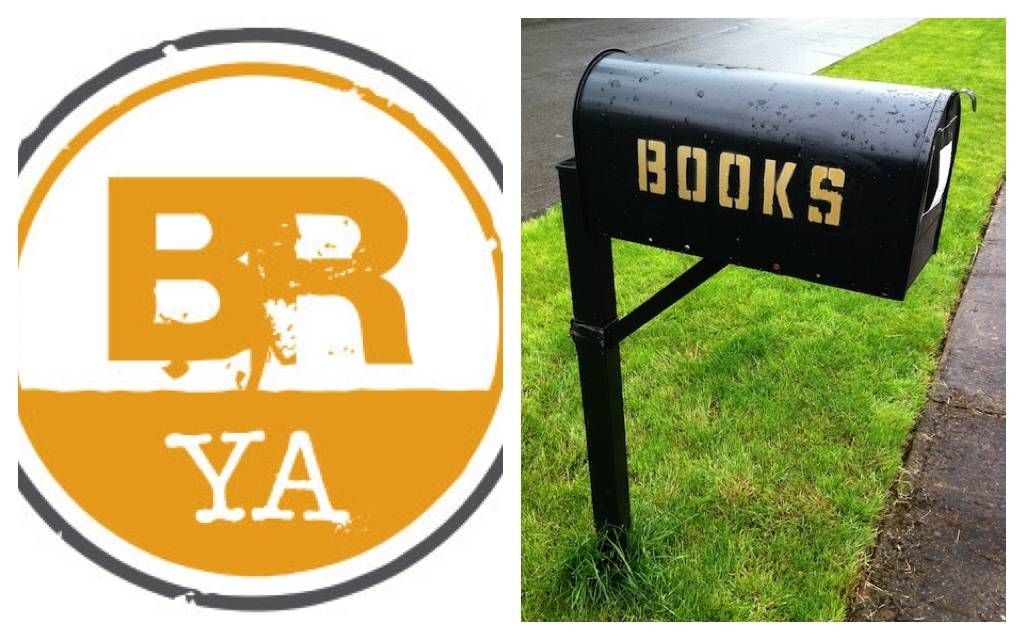
Risky Similes and Writing Style: They Can Make or Break It
I’ve pointed out the value of beautiful language before, but now it’s time to get specific.
Just to make sure we are all on the same page here:
Remember that a simile is a comparison using “like” or “as.”
That’s a third grade throwback, right? It’s so interesting to think about the ridiculous simplicity of similes and how that simplicity is matched with the power similes have. They can turn a piece of writing on its head.
Pause for a second, because this is a bit tricky to explain. Not only am I a writer, but a reader, and so, every once in a while, I realize a potential language trap that fiction and nonfiction writers come across, yet I realize this while I’m reading. There is a great chance that I will forever be the excessively analytical reader, but that’s ok– there’s no turning back now. Ultimately I can’t help it anymore. I see similes. They float on the page.
What’s interesting about this little piece of language structure is the fact that the author’s choice of comparison in a simile is reflective of the book’s voice. A simile is a true piece of creative language–what you can see compared in a simile, you can attribute to a personal choice made by the narrator’s persona. Sometimes a narrator is a character. Sometimes, the voice is attributed to the author. Either way, at the point of a simile, a very important writerly decision has been made.
This means that a strong simile can make a line unforgettable. And unfortunately, a bad simile can make a line infamously unforgettable.
You’ve probably come across the poorly chosen simile before. A dog is compared to a T-rex. A mailbox is like an open wound. A crowded room is as busy as a ….. highway/beehive/bag of cats? Some of the best writers can take the most surprising comparisons and make it work, though, and you can really see artistry there in such a beautifully subtle way. And then you come across the clichés because similes and clichés are the best of friends. Problematic drinking buddies, if you will.
Take a gander at some fantastic similes that made me gleeful:
There’s the carefully clear and simplistic:
“While they welcomed male company, I shrank from it, dreaded it, feeling like someone forever trying to pass, someone who would eventually be found out, and expelled from society.”– David Sedaris, Let’s Explore Diabetes with Owls
There’s the great reaching similes that attempt to explain the inexplicable:
“Trying to sort out his value to the group was like trying to weigh something that had no unit value. The needle on the scale wouldn’t settle on the number.”
–Haruki Murakami, Colorless Tsukuru Tazaki And His Years of Pilgrimage
And then the purposefully complex:
For Oscar, high school was the equivalent of a medieval spectacle, like being put in the stocks and forced to endure the peltings and outrages of a mob of deranged half-wits, an experience from which he supposed he should have emerged a better person, but that’s not what really happened– and if there were any lessons to be gleaned from the ordeal of those years he never quite figured out what they were.”
–Junot Diaz, The Brief Wondrous Life of Oscar Wao
What I love about these examples is the fact that they are all dealing with a sense of youthful alienation using similes, but in such remarkably different ways. Notice how the simile is like a challenge here– a great moment for the writer to show talent and control. And notice how stylistically, there is no doubt that these lines belong to these authors. Diaz and Murakami would never be able to trade these lines without readers noticing. For David Sedaris’s line, it isn’t a completely clear simile since it is lacking two clearly comparable images, but at the same time the correlation is there between the feelings and the example, and it draws us that much closer to understanding the emotions that come from separation and self-consciousness.
I love this– I love when you read an author and you realize in just a tiny piece of language that’s it— that’s their style, that’s the strength behind the language.
Got any good similes on hand? I’m collecting them.
____________________
Get a box of YA books and bookish goodies in the mail every quarter with our new YA Quarterly Box! Sign up here.

















